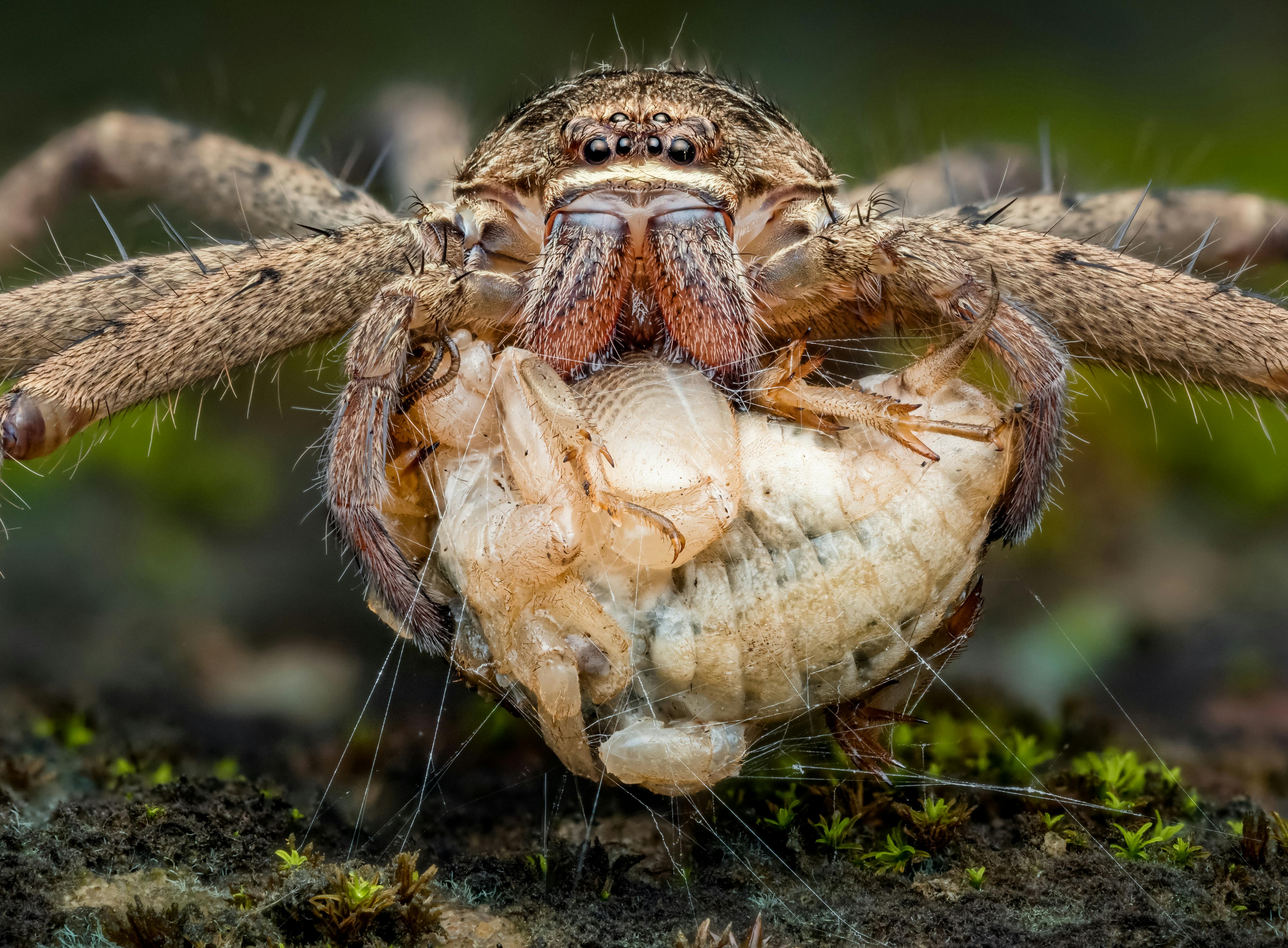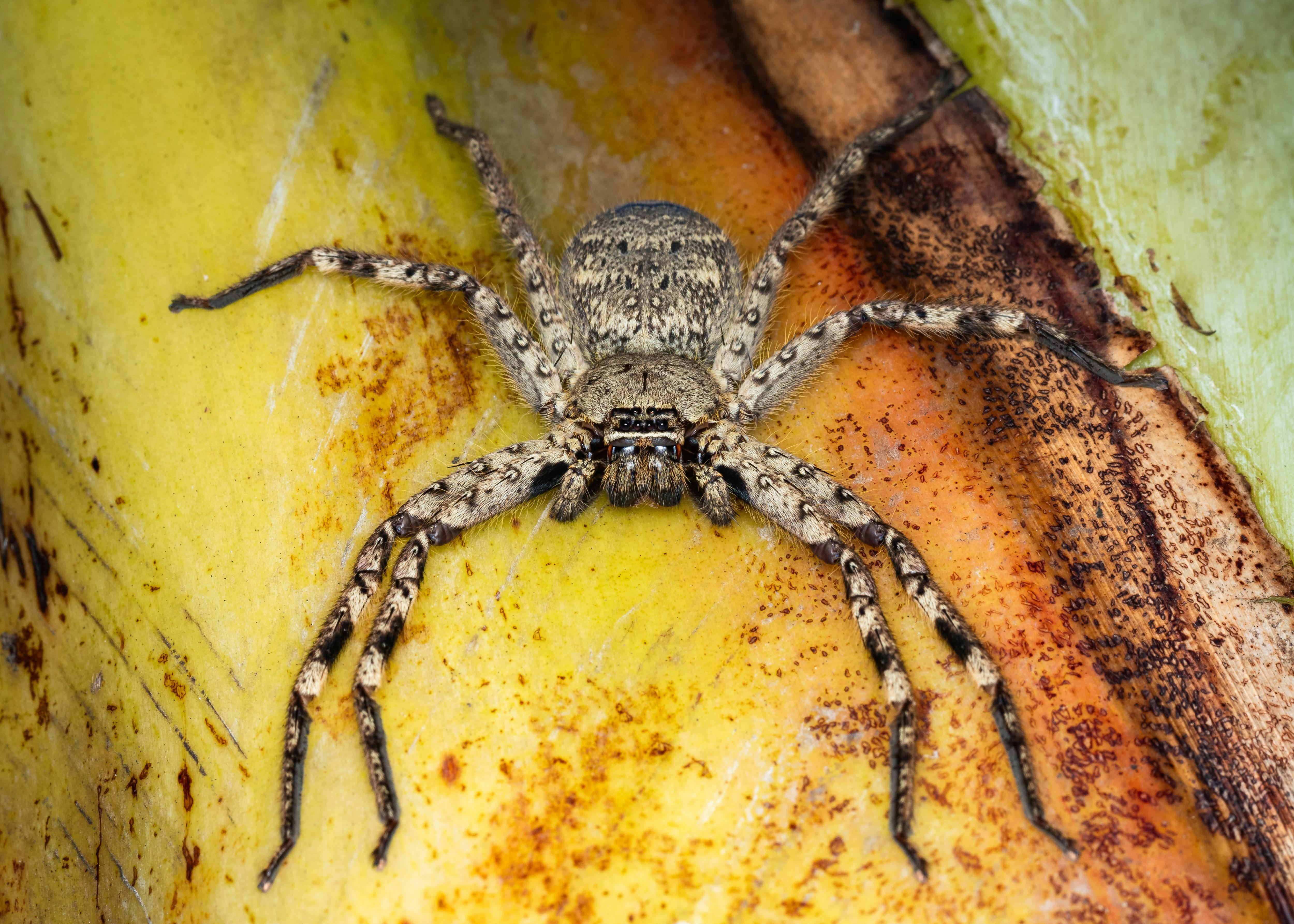In the fascinating world of arachnids, each creature has its unique role and niche. When it comes to the interplay between tarantulas and vinegaroons, you might be surprised at what you discover. Vinegaroons, also known as whip scorpions, are armed with strong pincers and a distinctive ability to spray vinegar-like acid when threatened. Despite their impressive defensive traits, tarantulas, with their robust build and venomous bite, are rarely on the menu for these larger predatory arachnids. In fact, the two species tend to avoid each other, with vinegaroons preferring smaller prey and tarantulas generally targeting insects and other manageable critters. So, while encounters between these arachnid titans can happen, they don’t often result in direct confrontation or predation. Have you ever wondered if tarantulas, those iconic furry spiders, have to worry about larger predatory arachnids like vinegaroons? Tarantulas are fascinating creatures that have captured the imaginations of many with their intriguing behaviors and impressive survival strategies. But even these formidable spiders face potential threats in the wild.
In this article, we’ll dive deep into the world of tarantulas and their interactions with vinegaroons. We’ll explore whether these encounters occur, the nature of these predatory relationships, and the broader implications for tarantulas in their natural habitats. Let’s unravel this web together!
Understanding Tarantulas
What Are Tarantulas?
Tarantulas are a group of large, hairy spiders belonging to the family Theraphosidae. They’re known for their impressive size, with some species boasting leg spans up to 12 inches. These spiders are found mostly in tropical, subtropical, and desert regions, including North America, Central America, South America, Africa, Asia, and Australia.
Tarantula Anatomy
Tarantulas have distinctive physical features that set them apart from other spiders. Their bodies are divided into two main parts: the cephalothorax and the abdomen. They have eight legs, which are covered in sensory hairs, and two pedipalps that assist in capturing prey.
| Body Part | Function |
|---|---|
| Cephalothorax | Houses the brain, eyes, mouth parts, and legs. |
| Abdomen | Contains the spider’s vital organs, including the heart and digestive system. |
| Legs | Used for locomotion and sensory perception. |
| Pedipalps | Aid in handling prey and sensory reception. |
Tarantulas’ Hunting and Defense Mechanisms
Tarantulas are primarily ambush predators, relying on stealth and patience to catch their prey. They use their powerful jaws (chelicerae) and venom to subdue their victims, which often include insects, small mammals, and other spiders. When threatened, tarantulas can employ several defense mechanisms:
- Urticating Hairs: Some New World tarantulas possess specialized hairs on their abdomen that they can flick at potential threats. These hairs cause irritation and discomfort, deterring predators.
- Venom: While tarantula venom is typically not harmful to humans, it can be quite effective against smaller prey.
- Threat Posture: Tarantulas can adopt a threatening stance, raising their front legs to appear larger and more intimidating.
Tarantula Habitats
Tarantulas inhabit diverse environments, ranging from tropical rainforests to arid deserts. They often burrow or seek shelter in natural crevices to escape the elements and predators. Their adaptability enables them to thrive in various ecological niches.
The World of Vinegaroons
What Are Vinegaroons?
Vinegaroons, also known as whip scorpions, belong to the order Thelyphonida. Despite their name, they are neither true scorpions nor true spiders. These creatures are named for the pungent vinegar-like substance they can spray from their tails when threatened.
Vinegaroon Anatomy
Vinegaroons have elongated bodies with a segmented appearance. Unlike tarantulas, they have a whip-like tail, which helps distinguish them from other arachnids.
| Body Part | Function |
|---|---|
| Prosoma (cephalothorax) | Contains the head and legs, similar to tarantulas. |
| Opisthosoma (abdomen) | Houses digestive and reproductive organs. |
| Tail | Used as a defensive mechanism, can spray a vinegar-like substance. |
| Pedipalps | Adapted for capturing and handling prey. |
Vinegaroon Behavior and Hunting
Vinegaroons are aggressive predators, using their powerful pedipalps to seize and crush their prey. They primarily feed on insects, spiders, and other small invertebrates. Unlike tarantulas, vinegaroons are less reliant on venom and more on their physical strength and the chemicals they emit for defense.
Vinegaroon Habitats
Vinegaroons prefer warm, humid environments, often burrowing in moist soil or hiding under rocks and logs. They are nocturnal hunters, coming out at night to search for food.

Tarantulas vs. Vinegaroons: Potential Threats?
Direct Encounters in Nature
In examining whether tarantulas face threats from vinegaroons, it’s essential to determine if these two arachnid species encounter each other naturally. Their habitats sometimes overlap, particularly in regions like the southwestern United States and parts of Central America.
Comparative Sizes and Strength
Tarantulas and vinegaroons vary significantly in size and strength. While larger tarantula species may tower over vinegaroons, the latter’s aggressive hunting style and chemical defenses could pose a challenge.
| Feature | Tarantulas | Vinegaroons |
|---|---|---|
| Size | Generally larger, up to 12 inches | Smaller, up to 3-4 inches |
| Venom | Mild, primarily for subduing prey | Rarely relies on venom |
| Defense Mechanisms | Urticating hairs, venom, threat posture | Chemical spray, aggressive behavior |
Predatory Behavior Comparison
Both tarantulas and vinegaroons are formidable hunters, but their methods differ. Tarantulas rely on ambush tactics, waiting for their prey to come close. On the other hand, vinegaroons actively hunt and use their pedipalps and chemical spray defensively and offensively.
Food Chain Dynamics
Understanding the positions of tarantulas and vinegaroons in their respective ecosystems’ food chains can shed light on potential threats. Tarantulas are apex predators in their niches but may occasionally fall prey to larger animals, including birds, reptiles, and mammals. Vinegaroons, with their aggressive behavior and chemical defenses, might occasionally pose a threat, especially to smaller or juvenile tarantulas.
Case Studies and Observations
Documented Encounters
While encounters between tarantulas and vinegaroons aren’t extensively documented, some observations provide insight into their interactions. For instance, in shared habitats, these creatures may come into competition for food resources or face-off in territorial disputes.
Behavioral Studies
Behavioral studies indicate that tarantulas’ defensive mechanisms, like urticating hairs and venom, often suffice to deter vinegaroons. However, vinegaroons’ robust physical defenses and chemical sprays could give them an edge in close encounters.
Impact on Tarantula Populations
Analyzing the broader impact of vinegaroons on tarantula populations involves considering various ecological factors. Competition for prey, habitat, and direct predation can influence population dynamics. Although vinegaroons are unlikely to significantly reduce tarantula populations, local interactions might have isolated effects.

Broader Implications for Arachnid Ecology
Biodiversity and Ecosystem Health
The interactions between tarantulas and vinegaroons highlight the complexity of ecosystems. Both species play critical roles in maintaining ecological balance, controlling insect populations, and serving as food for larger predators.
Conservation Efforts
Understanding the dynamics between different arachnid species informs conservation efforts. Protecting habitats that support diverse arachnid populations ensures we preserve the intricate relationships that sustain ecosystem health.
Future Research Directions
Future research should focus on documenting more interactions between tarantulas and vinegaroons. Detailed field studies and observations can provide further insights into their behavioral ecology and the evolutionary strategies they employ to coexist or compete.
Practical Tips for Arachnid Enthusiasts
Keeping Tarantulas or Vinegaroons as Pets
If you’re considering keeping tarantulas or vinegaroons as pets, understanding their specific care requirements is crucial. Each has unique needs in terms of habitat, diet, and handling.
Habitat Setup
Set up their enclosures to mimic their natural environments. For tarantulas, ensure plenty of hiding spaces, humidity control, and appropriate substrate for burrowing. Vinegaroons require similar conditions, with an emphasis on maintaining high humidity and providing hiding spots.
Diet and Feeding
Both tarantulas and vinegaroons thrive on a diet of live prey, such as crickets, mealworms, and roaches. Ensure you provide diverse and appropriately sized food to keep them healthy.
Handling and Safety
While handling these arachnids, exercise caution. Tarantulas can be delicate and may flick urticating hairs if stressed. Vinegaroons should be handled gently to avoid triggering their defensive sprays.

Conclusion: Can Tarantulas Face Threats From Larger Predatory Arachnids Like Vinegaroons?
In summary, tarantulas can indeed face threats from larger predatory arachnids like vinegaroons, especially in shared habitats. However, the threat level varies depending on specific circumstances, such as the sizes and behaviors of the individual arachnids involved. Vinegaroons’ aggressive nature and chemical defenses can pose challenges to tarantulas, but the latter’s sophisticated defense mechanisms often help them evade or deter predators.
Examining these interactions enriches our understanding of arachnid ecology and underscores the importance of biodiversity in maintaining ecosystem balance. Whether you’re a researcher, hobbyist, or simply an arachnid enthusiast, appreciating the complex relationships between these fascinating creatures is a captivating journey. So, the next time you encounter a tarantula or a vinegaroon, you’ll have a deeper appreciation for the intricate dance of survival in the arachnid world.
